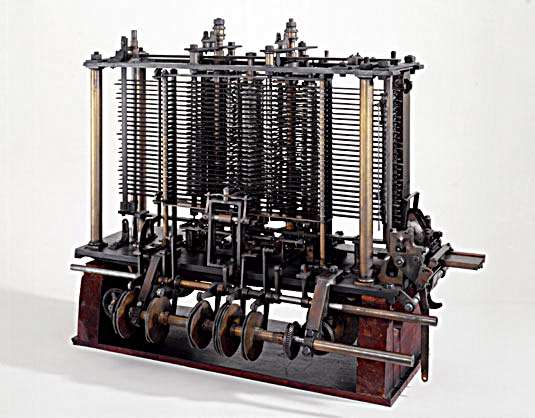| The Conditional - Did Babbage Get It? |
| Written by Mike James |
| Wednesday, 03 February 2021 |
|
Further evidence that Charles Babbage's Analytical Engine was the Victorian forerunner of the modern computer comes from the latest progress report on Plan 28, the ambitious project to create a working version of the Analytical Engine, first described in 1837, by the 2030s.
It is now over a decade since John Graham-Cumming launched a project to create a fully-functional implementation of Charles Babbage's original design for his Analytical Engine. The project's name, "Plan 28", is a reference to the fact that the extensive documentation consisted of 28 sequential system drawings for the Analytical Engine stored in a mahogany case that Babbage had had constructed especially for the purpose. This along with Babbage's notebooks and other papers were donated by his son Henry Prevost Babbage (1824–1918) to the London Science Museum. It was Henry who, by 1910, had succeeded in building the Mill portion of the Analytical Engine, and the timeline for Plan 28 is for a complete and functional Analytical Engine to be on public display by the 2030s. The 1910 partial build of the Analytical Engine by Henry Babbage Doron Swade, who, as curator of computing at the Science Museum masterminded the project to build the working replica of Babbage's Difference Engine, is Technical Director of Plan 28 and the construction of the Analytical Engine is being overseen by the Computer Conservation Society. In his latest report to the Computer Conservation Society, Swade reports: A major initial finding is that the designs are less disjointed than thought and there is more continuity in the inventive trajectory than we feared was the case, or that scholarship to date had indicated. As an example of a more specific finding: it is not until Plan 27 that there is the first evidence of user-level conditional operation. While the Analytical Engine is routinely portrayed as incorporating, from the start, defining features of a modern computer conditional operation included, this feature appears fairly late in the day and is barely mentioned again. How significant to Babbage was conditional operation as a defining feature, is now an enticing open question. A modern computing machine has to have some way of repeating an operation and some way of making a choice - these are the primitive elements that lead to what we know formally as Turing Completeness. A computing device that is Turing complete can, in principle, compute anything that can be computed. It is clear from these recent findings that the Analytical engine was Turing complete at least late in in its design. The question is did Babbage understand how important conditional operation was? Ada Lovelace, usually thought of as the first programmer, probably did understand this. Had it not been for her early demise what might have happened? As it was Babbage, who was always tempted by the new, never finished building the first computer over a hundred years before it actually happened.
As reported in Inspired By Babbage, the fragment shown above of of the Analytical Engine constructed by Henry Babbage was part of an art exhibition commissioned for the 2019 Manchester International Festival. We can only hope that within the next couple of decades the documentation left by his father will lead to a functioning computer, 200 years after its initial conception.
More InformationPlan 28 - January 2021 report to the Computer Conservation Society Related ArticlesThe Computer - What's The Big Idea? Plan 28 - Can Babbage's Analytical Engine Be Built? Plan 28 Makes Progress In Understanding Babbage's Mechanical Notation Plans to build Babbage's Analytical Engine Charles Babbage - The First Computer Visionary The Greatest Machine Never Built (Video) To be informed about new articles on I Programmer, sign up for our weekly newsletter, subscribe to the RSS feed and follow us on Twitter, Facebook or Linkedin.
Comments
or email your comment to: comments@i-programmer.info |
| Last Updated ( Wednesday, 03 February 2021 ) |




